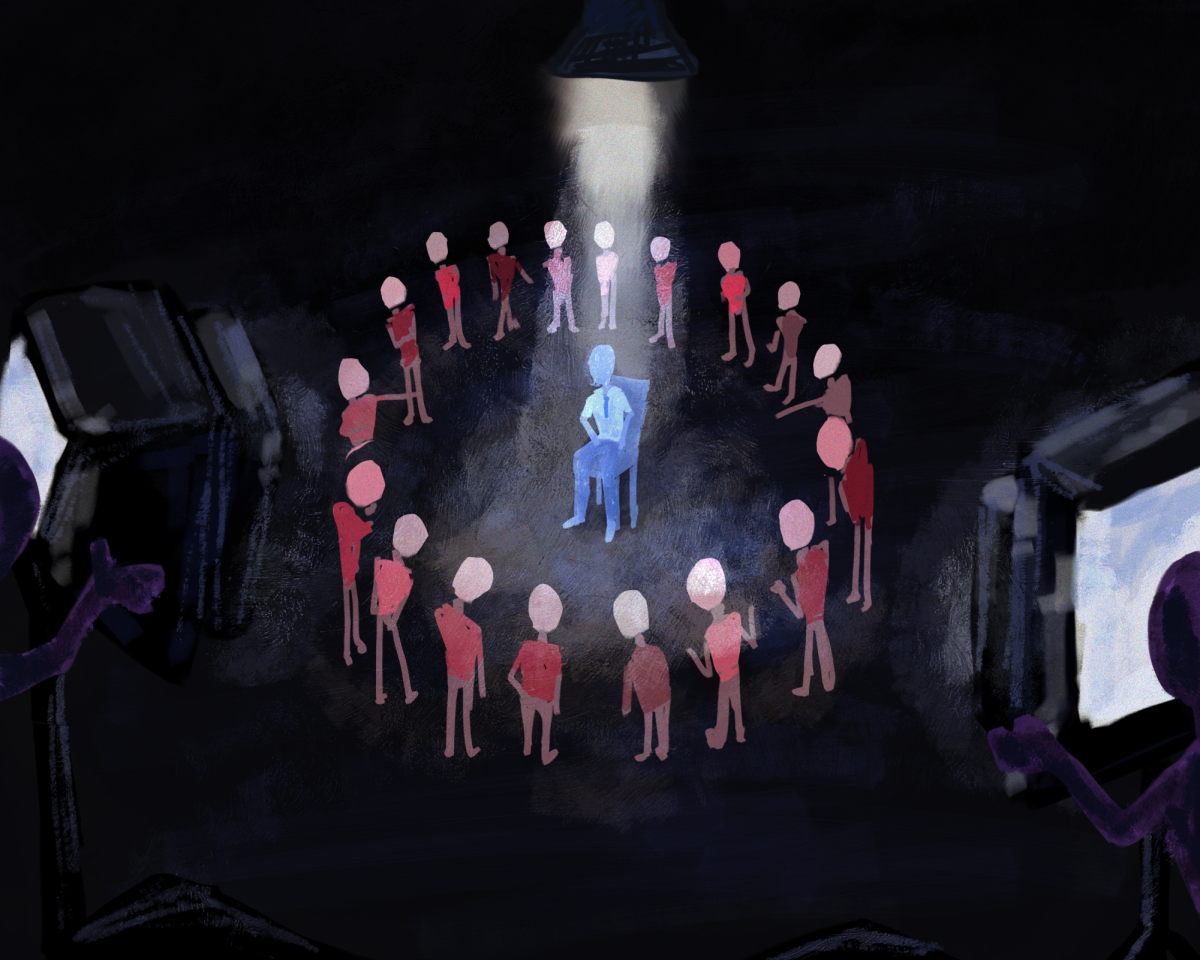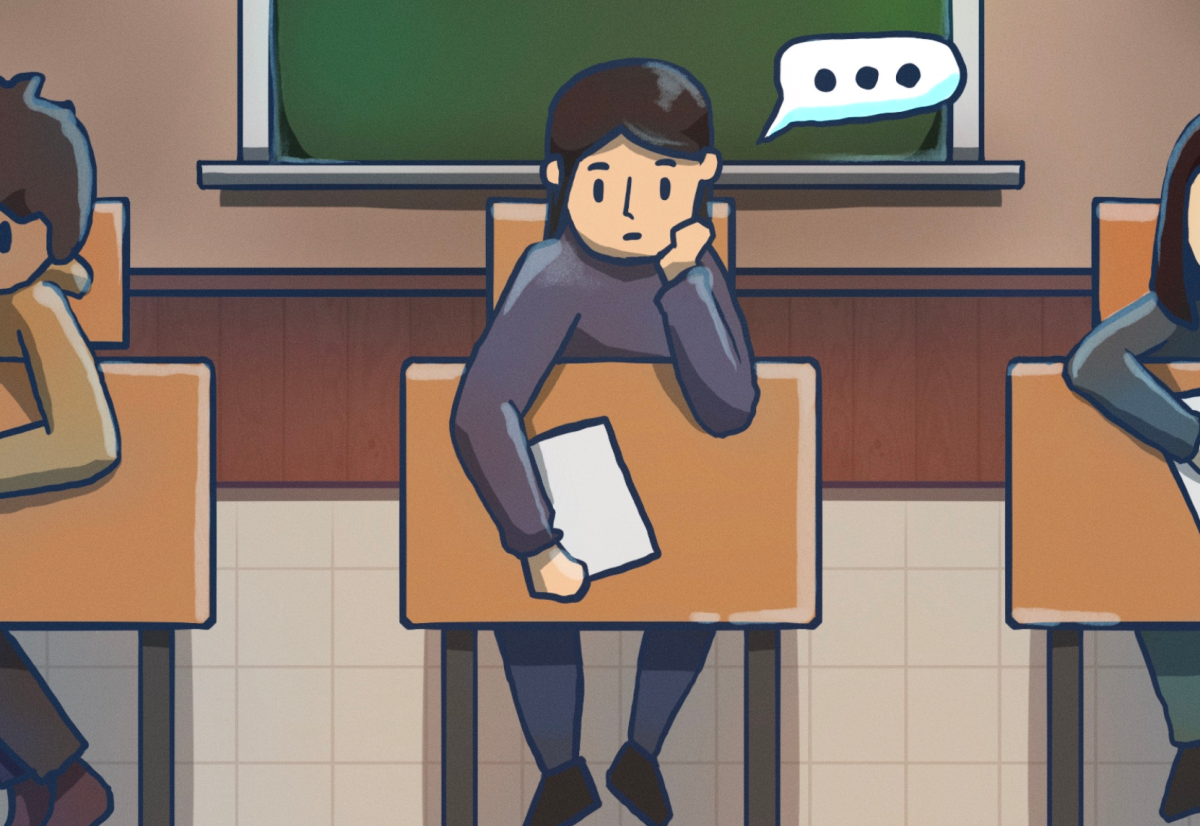“Children require guidance and sympathy far more than instruction.” That’s what Anne Sullivan, Helen Keller’s personal instructor, once said. If she was right, then Whitman students are in deep trouble.
Students are accustomed to walking into the guidance office, seeing their counselors’ appointment sign-up sheets filled with X’s and walking back out the door. It’s not the counselors’ fault that this problem exists. After all, they’re busy people, but there should be a way for students to get more face time with their counselors.
Each counselor is responsible for almost 300 students, but not all of these students get the same amount of time with their counselors. Resource counselor Fran Landau noted that counselors spend the majority of their time dealing with the five percent of kids who aren’t doing well in school. This leaves the other 95 percent shortchanged.
Counselor face time greatly benefits students in the college application process. The Common Application asks counselors to rate students’ personal qualities and character, but that’s impossible when many counselors struggle to remember their students’ names, let alone develop a relationship with them.
Counselors rely largely on the “It’s Time” packet to write recommendations for their students. This packet asks students various questions about things like their academic interests, travel experiences and favorite books. But when it comes time for counselors to write recs, knowledge of which books a student has read isn’t as useful as the memories a counselor garnered from four years of interaction with a student.
A majority of colleges and universities ranks counselor and teacher recommendations among the most important factors for admission, according to the College Board. Lacking personal anecdotes in a recommendation won’t necessarily hurt a student, but having that something extra can certainly help.
There’s a practical solution to this problem: administrators should build a time period into the yearly school schedule during which counselors are available to meet with students. Principal Alan Goodwin suggested shortening each class period by five minutes for one day each month and students would be able to use the 40 leftover minutes at the end of the day to meet with teachers, make up tests, or get ahead with homework. Equally importantly, these 40 minutes would afford students free time to meet with counselors.
Goodwin’s idea should go even farther. These 40-minute sessions should take place on a weekly, not monthly, basis in order to have as great an impact as possible. This strategy could allow students to meet with their counselors in small groups. While they wouldn’t be talking about personal issues during these group sessions, they could nonetheless strengthen their relationship with their counselors.
If students met with their counselors during a monthly free period, counseling schedules would become less congested, allowing for even more counselor availability. Students would be able to enter the guidance office and see sign-up sheets with open time slots, where X doesn’t mark the spot.









Zach • Feb 17, 2012 at 8:21 am
I don’t think this would EVER be possible. This article fails to consider counselors’ duties besides talking with students.
Tom • Feb 13, 2012 at 10:13 pm
Nice idea but the majority of the students would simply leave school instead of meeting with their counselors.